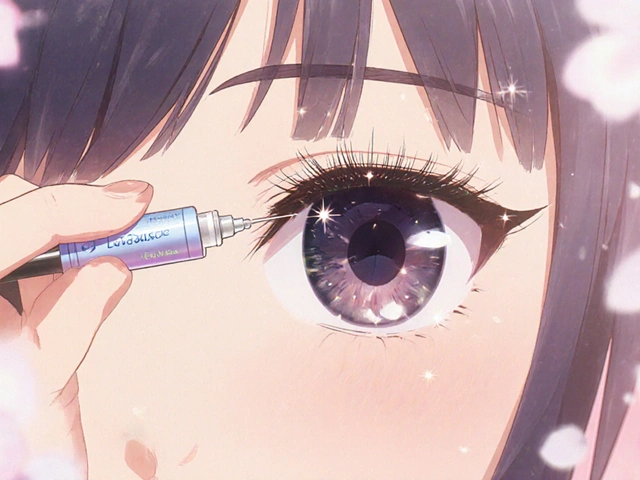Placentrex Explained: What It Is and How It Works
If you’ve ever heard the name Placentrex and wondered what the buzz is about, you’re not alone. In plain terms, Placentrex is a topical gel made from human placental extract. The placenta is packed with growth factors, proteins, and cytokines that help cells repair and grow. When these ingredients are processed into a gel, they can be applied directly to skin, burns, or chronic wounds to boost healing.
Why People Choose Placentrex for Wound Care
Traditional wound creams often rely on antibiotics or simple moisturizers. Placentrex takes a different approach: it supplies the body with biologically active molecules that kick‑start the repair process. Users report faster closure of stubborn ulcers, less scarring after burns, and smoother recovery from surgical cuts. The gel’s anti‑inflammatory properties also help calm redness and swelling, making it a popular choice for dermatologists and plastic surgeons.
How to Use Placentrex Safely
Applying Placentrex is straightforward. Clean the wound gently, pat it dry, then spread a thin layer of the gel over the area. Cover with a sterile dressing if needed, and repeat once or twice daily. Most guidelines advise a treatment period of 2‑4 weeks, depending on the wound’s size and depth. Always follow your doctor’s instructions—especially if you have a history of skin allergies, as rare reactions can occur.
One common question is whether Placentrex can be used on everyday cuts or minor scrapes. While it’s safe for many minor injuries, the cost is higher than typical over‑the‑counter ointments. Most people reserve it for chronic or severe wounds where faster healing matters, such as diabetic foot ulcers, pressure sores, or post‑operative scars.
Another practical tip: store the gel in a cool, dry place and keep the cap tightly closed. Exposure to heat or direct sunlight can reduce its potency over time. If the gel changes color or develops an odd smell, discard it and get a fresh tube.
People often wonder about the source of the placental extract. Reputable manufacturers use screened, donor‑tested placentas collected under strict medical protocols. The tissue is processed to remove any cellular material that could cause an immune response, leaving behind only the beneficial proteins. This ensures the final product is safe and consistent.
For those interested in the science, research shows that Placentrex can increase fibroblast activity, stimulate collagen production, and improve blood flow to the wound site. These actions collectively shorten the healing timeline and improve the quality of the new tissue, resulting in less noticeable scars.
If you’re looking for real‑world experiences, many patients share that they felt the gel worked faster than expected. A few anecdotal stories mention using Placentrex after laser skin resurfacing to reduce downtime. However, results can vary, and it’s best to set realistic expectations—Placentrex helps, but it’s not a miracle cure.
Bottom line: Placentrex is a biologically active gel that can accelerate healing, reduce inflammation, and improve scar outcomes. It’s especially useful for chronic or severe wounds where ordinary creams fall short. Talk to your healthcare provider to see if Placentrex fits your situation, and follow the usage guidelines for the best results.
September 25, 2025
Alyssa Penford
11 Comments
Explore how Placentrex (human placental extract, nitrogen) stacks up against PRP, hyaluronic acid, stem cell therapy, and other wound‑healing options. Get a clear comparison, usage tips, and FAQs.





